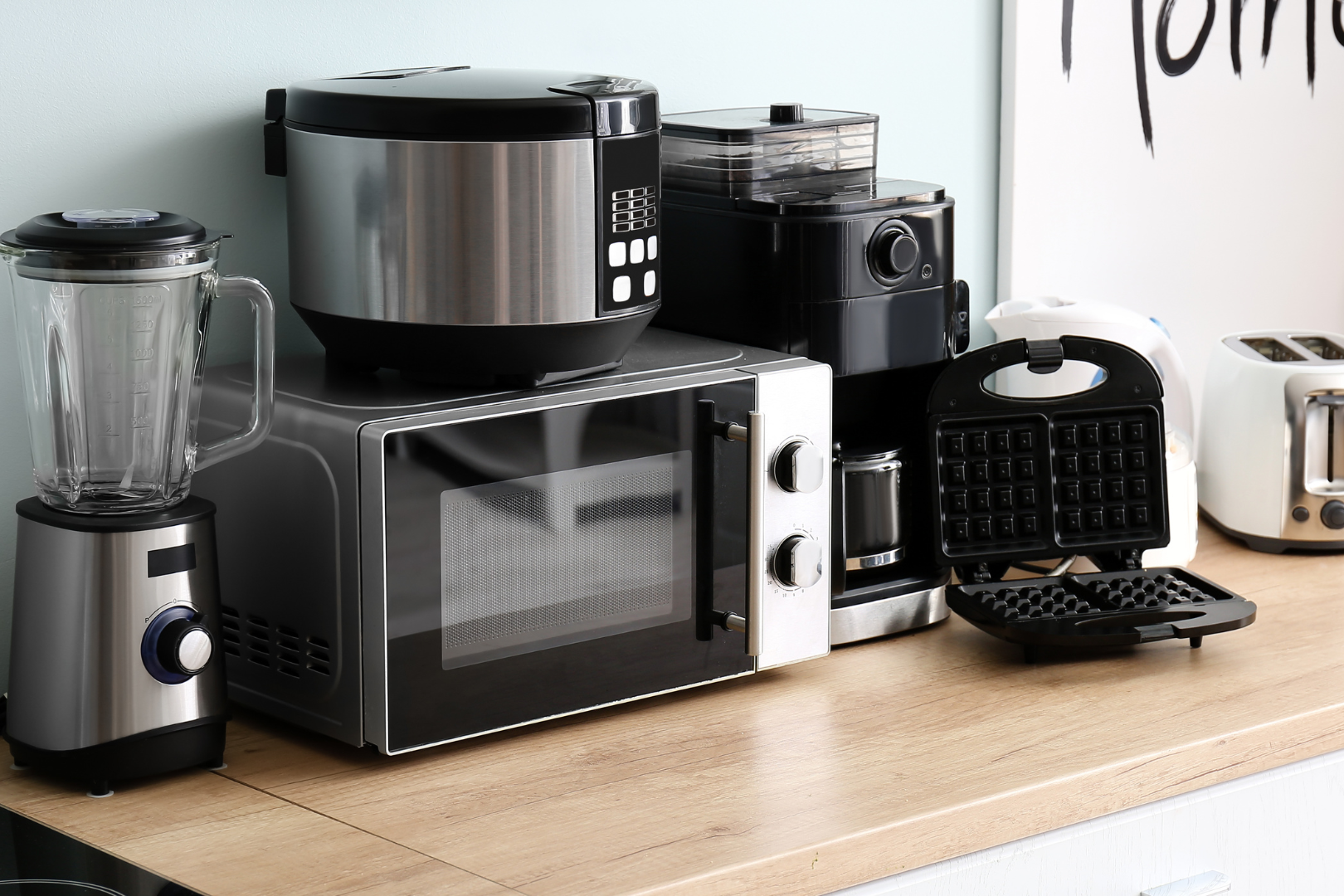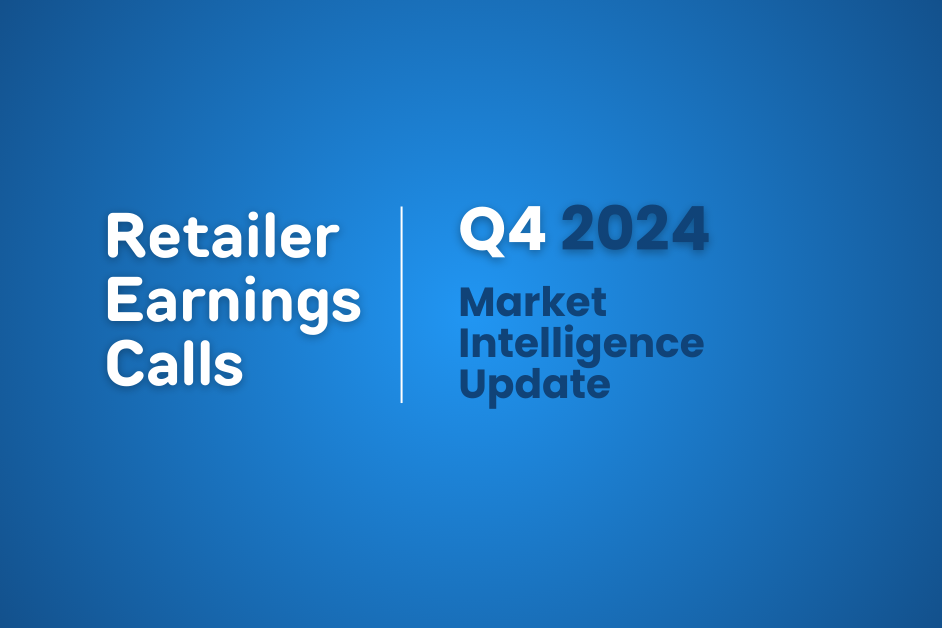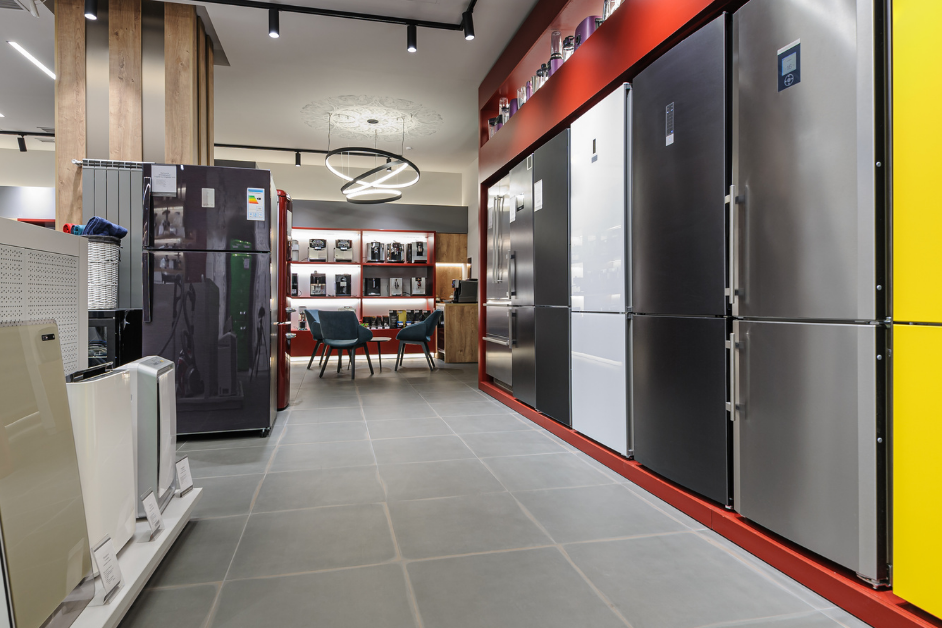In its heyday, the Kenmore brand once commanded the largest share of major appliance sales. However, Sears, Kenmore’s parent retailer, last had a profitable year in 2010. At the beginning of its steady decline beginning in 2009, Kenmore’s share was 20%. Today, it holds just over 10% of the market share. Recent reports of Sears’ CEO Eddie Lampert offering to buy the brand name and Amazon’s deal to sell the brand on their site, have further increased speculation of a brand which is gasping for air. However, these are signs that Eddie Lampert may know what many people do not – that there is evidence that indicates that Kenmore is still holding on to some of its cultural currency, especially with regards to loyalty.
Kenmore Market Share and Shopping is Down
Currently, nearly 70% of Kenmore’s product mix is made up of three products: refrigerators, washers, and dryers. In fact, dryers recently saw 3 quarters of significant year over year growth before stabilizing in Q1 2018.

In the last three years, the market has been in a give and take with manufacturers like GE, Electrolux, and Whirlpool, while Korean Appliance manufacturers Samsung and LG have gained share (6% combined share gain from 2015 to present). Conversely, Kenmore’s brand share for major appliances has fallen significantly each quarter, but still holds 10% of the market (units sold in Q2 2018).
With Kenmore being a cornerstone of the Sears Appliance store, the closing of Sears stores across the nation (78 more closings in September) has taken its toll on the percentage of people shopping the Kenmore brand (online or brick and mortar). This percent of shoppers, once in parity (or above) all other brands now rests at 17% for the most recent quarter – well below its primary competitors.
A Case for Kenmore and Brand Loyalty
Despite fewer people shopping for the brand, Kenmore still consistently closes its sales with more than half of the people who shop it. In fact, Kenmore’s close rates surpass both Samsung & LG, though it’s still slightly lower than brands like Whirlpool, General Electric, or Frigidaire.
Kenmore’s value to its loyal customers remains high. 51% of Kenmore buyers are replacing an appliance of the same brand. Despite Sears outlets fading, more than half of all Kenmore buyers only shopped the one brand. That puts them nearly 10% ahead of those who only shopped for Samsung and slightly ahead of Whirlpool, GE, and Maytag for buyers who only shopped one brand.

In addition to inspiring loyalty, consumers who buy Kenmore feel that they’re getting good value for their money. When asked about why they chose to buy Kenmore, customers cite Kenmore’s good brand name as frequently as those who buy Whirlpool or GE. They’re also more likely to cite having previously owned the brand than those who purchased other brands. The competitive pricing on Kenmore’s products also endears them to consumers. With an average price of $649 for major appliances, Kenmore is on the lower end of average prices for appliances. But the lower average prices don’t make consumers feel that they aren’t buying a quality product. In OpenBrand’s surveys, consumers buying Kenmore indicate that the quality of the product influences their choice as often as those who buy GE or Whirlpool.
The Future of Kenmore | Market Research Data
Sears has had a rough time lately, but there is still value in its in-house appliance brand. Kenmore major appliances may not occupy the same cultural cachet they once had, but they’re still relevant in the market. In fact, with their recent alliance with Amazon, Kenmore appliances are more likely to be bought online as compared to major appliances as a whole (17% for Kenmore vs 15% for the market, per OpenBrand market research data in the R4Q June 2018). By making inroads with loyal demographics and expanding their availability through e-commerce alliances like the one they’ve developed with Amazon, they can continue to reach consumers.
OpenBrand keeps you in the know about the appliance industry with detailed market trends and consumer insight. Use this industry insight to access the data you need to reach your target market and make informed business decisions surrounding the latest trends. Contact the industry research experts at OpenBrand to get started today.
Related blogs
Unlock the Power of Real-Time Data & AI in Retail Success: White Paper
Have your data — and use it too. Accessing data in retail is one thing. Knowing what to do with it is another. Market data is not meant to…
Related blogs
What the Kitchen Market Needs to Know About Appliance Tariffs, Pricing & More
As we move into Q2 2025, the kitchen appliance industry is facing a period of noteworthy…
Home Depot vs. Lowe’s Earnings Call Reviews: Q4 2024 Market Intelligence
Earnings reports provide a valuable snapshot of a retailer’s financial performance, offering…
OpenBrand Expands Market Measurement to New Categories
Plus additional retailer coverage We are excited to announce the expansion of our Market…
Consumer Durables Industry: 2024 Year in Review
The consumer durables market in 2024 was anything but static. Retail market share shifted, pricing…






